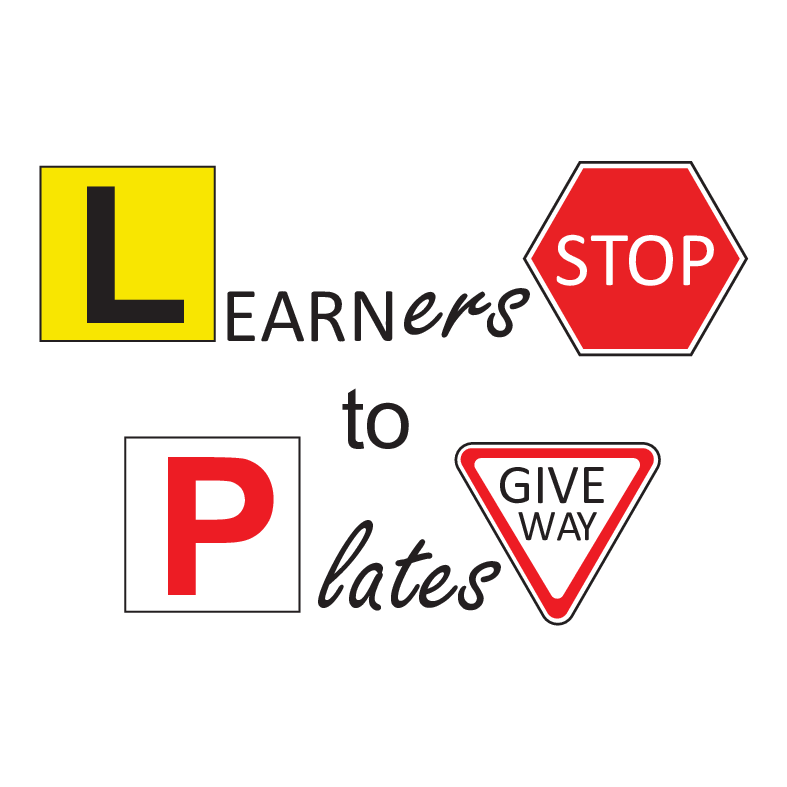Since starting “Learn to P” and “Learners to Plates” in 2022, I have logged up a lot of hours training new drivers. In this time, I have witnessed far too many close calls. Unfortunately, most of these events have not been caused by the trainee.
So, I have decided to write a bit of a blog about them. Before I do that, it is worth mentioning a few things. Anyone learning a new skill is never going to be as fast or proficient as an experienced person. Nor are they good at predicting unexpected outcomes, particularly from others who drive erratically or disobey the rules. For them, life is “black and white.” Rules are expected to be adhered to, and the behavior of others should be appropriate and courteous—not aggressive and pushy with little or no regard for anyone else.
The Challenges Learners Face
Indicating at the Right Time
Indicating at the appropriate time is one of the biggest issues causing my trainees grief. Other road users could make a trainee’s job so much easier if they used their indicators properly. Signaling off roundabouts is a good example of this.
Being Patient with Learners
Being patient with a trainee on their “L” Plates is also of vital importance. I know that we are all in a big hurry—things to do, people to see—but gesticulating and sounding the horn because a trainee is taking too long at an intersection is not going to speed them up. It has the complete reverse effect.
Dangerous Merging
Forming one lane or merging is one road hazard where I have witnessed some very close calls. In a merge or zip maneuver, the lead car has the right of way. Apparently, though, this rule does not apply for some. Instead, they choose to shove past, often on the wrong side of the road, so they are able to gain the lead. This is very dangerous and completely unnecessary. No one is in that much of a hurry.
Tailgating Learners
Tailgating has become a bit of a sport for some road users, especially tailgating an “L” Plater. Trust me, if you think you are teaching them a lesson or whatever, you are sadly mistaken. An “L” Plater can sometimes make an erratic move, such as braking too hard for the arriving situation. The next thing we know, the offending tailgater has hit the back of the training car. What is failed to be understood by some is that any rear-end collision is always the fault of the person driving the rear car. They are the ones who will have to pay the insurance excess as well as damages and loss of income.
Pulling Out in Front of Trainees
Another beauty is pulling out in front of a trainee to save time. Please do not do this. I know that the speed of the approaching training car may be a bit slower than normal and thus offering an opportunity, but a trainee’s reflexes are not those of a seasoned driver. All that is happening here is a recipe for disaster.
A Final Note
Lastly, and most importantly, most training cars are equipped with dash cams, both forward- and reverse-facing. While I have never been tempted to offer footage to the police of an offense, I know that others have—and I expect this trend to only continue.

